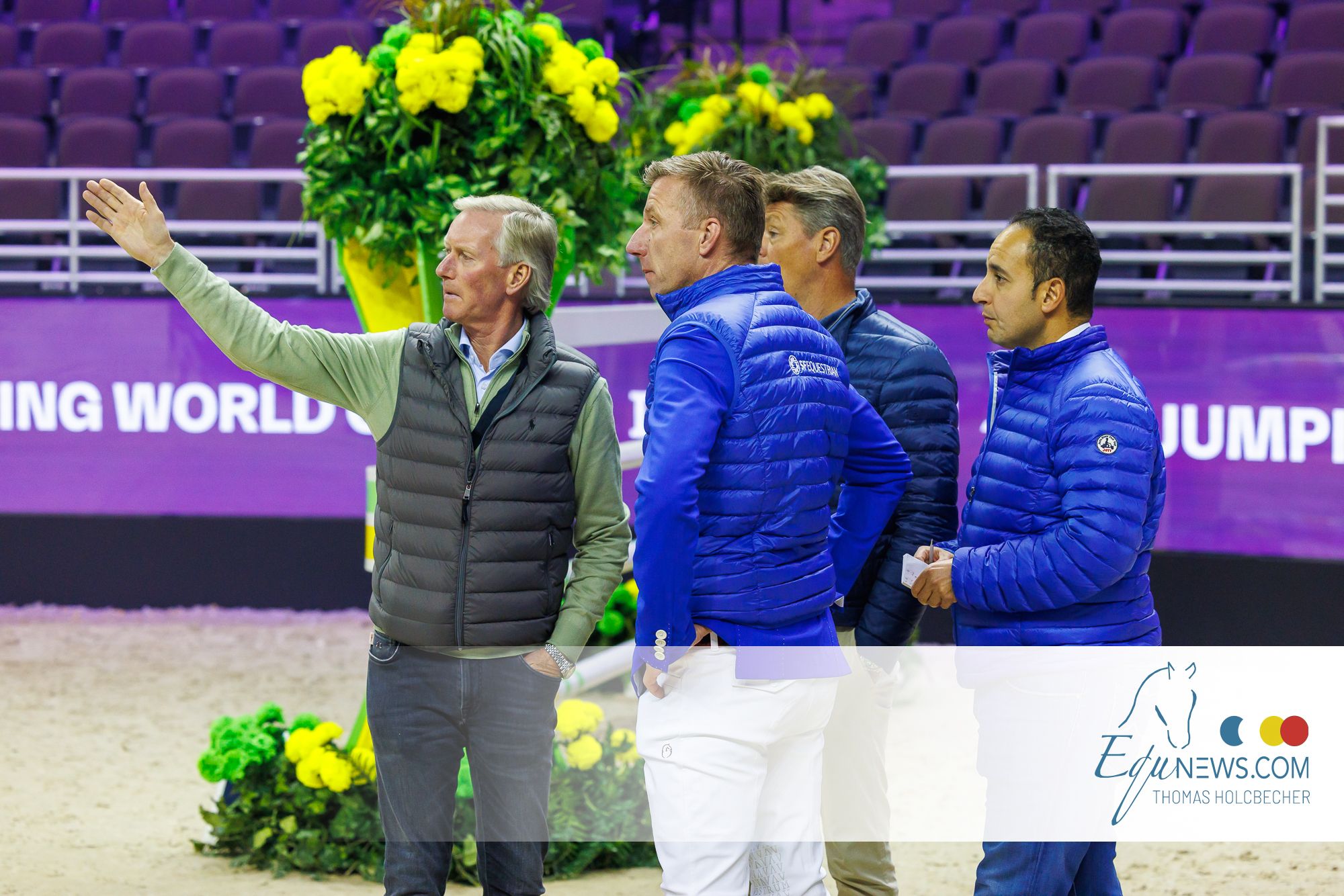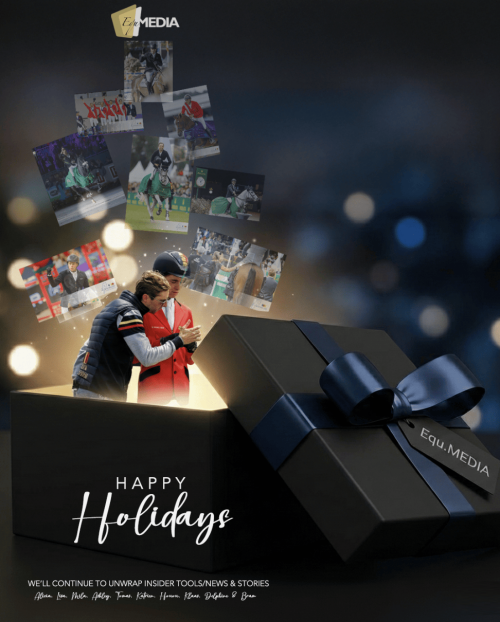"We sometimes breed too little with a focus on the sport," says Jos Lansink! The Dutch national coach and Belgian Olympic show jumper has a clear vision for the future of breeding. "The best qualities of a horse? Attitude, rideability, and faultless jumping," Lansink laughs.
Lansink is clear; he wants to see more breeders at larger competitions. According to the Dutch national coach, there needs to be more interaction between riders and breeders. "Riders know the horses; they know their attitude and often know the mares and/or stallions best in the ring. That's vital information for a breeder to work with. You can see attitude, but in reality, maybe not..."
Belgium and the Netherlands are trading nations.
"The most challenging task in the Benelux is predicting the future. Both Belgium and the Netherlands are trading nations, and it starts with breeding. I find it important that breeding is done with good bloodlines and that the stallion is a paternal figure. Horses with athletic ability. I really value ability. Because you must not forget that stallions need to be able to jump high obstacles."
"A paternal figure is athletic but often comes from a good bloodline. The unfortunate thing for us is that very high-quality horses often leave for foreign countries too early. Of course, I understand that because, in the end, the bills have to be paid. So, it's a luxury that we have a solid breeding base... unfortunately, quality sometimes departs a bit too quickly."
Breeding for sport
"We sometimes breed too beautifully," Lansink laughs. "What I mean is that our breeding is good. You can see that many rideable horses are coming into training in our countries. Sometimes we might need to breed a bit less beautiful. Aim for a slightly larger horse, prioritize ability. Because sooner or later, every horse becomes beautiful. Especially when there's a ribbon attached!" However, Lansink aims for an even closer collaboration between breeder and rider. "To place the sport at the center of breeding, you really need to understand how the horses are. The breeder often knows his mare the best, the rider knows the stallion. It's important to have a clear distinction between a show jumper and a paternal figure. A show jumper is electric, rideable, and well-adjusted. A paternal figure is a good show jumper who also has a real presence. I sometimes see people come to the inspection with a small mare, listen, that's not suitable for breeding," Lansink continues. "The stallion must also have a correct foundation. The health of the stallion is one of the most important aspects. Rideability can be worked on, but basic health cannot. Often, that is also hereditary..."
"Furthermore, it's important that breeders are present at larger CSI competitions. If you want to breed for the sport, it's crucial to know what your breeding product will have to endure in the long run. Horses that are competitive at the highest level often have to push the limits with reserves for 12 weeks or more per year. As a breeder, it's important to be aware of that!"
Bondscoach all the way...
"Horse and rider must have trust, but as a national coach, I've noticed that riders also need to have trust in each other. A good team spirit helps a lot! How can you achieve that? Simply by making clear agreements. The best part of my job right now is that I get to collaborate with top riders, and we can work towards different beautiful results. I really enjoy it when we are together as a team at a championship. Honestly, those were also the competitions I used to love the most." As for anything negative about the job, Lansink consistently responds: "The traveling. I like being home sometimes; I've had my fill of traveling."



